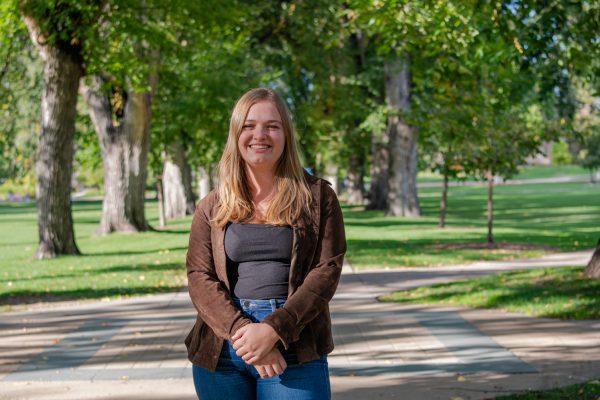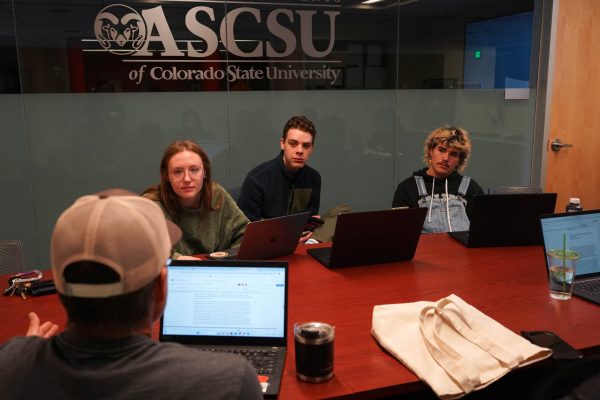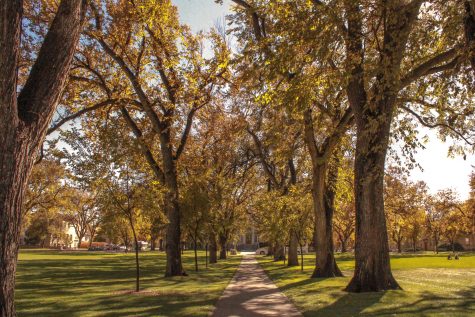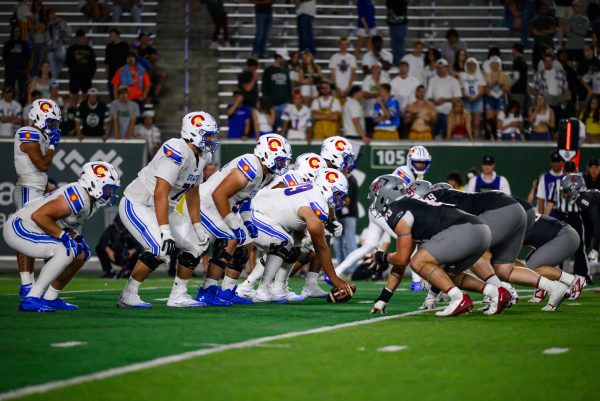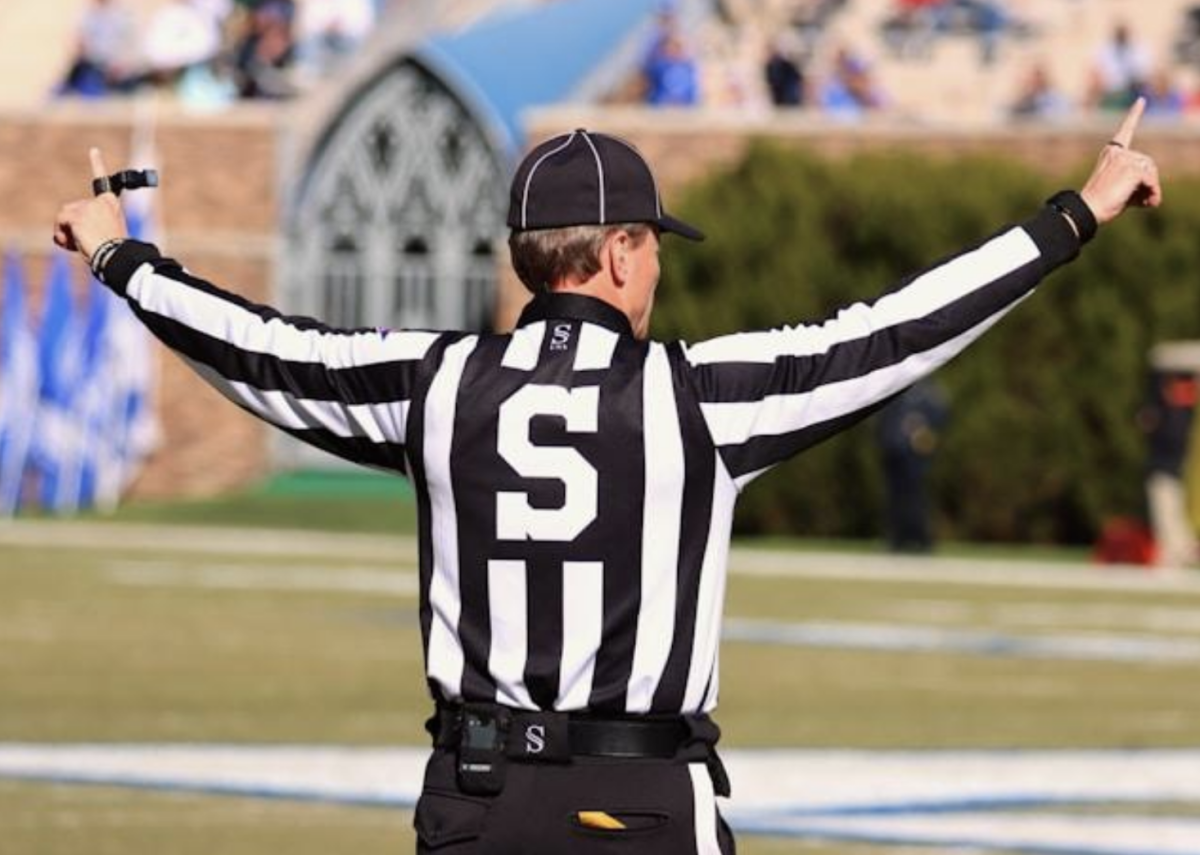Samhain: The not-so-satanic, true origins of Halloween
October 26, 2022
The masked faces of small children scuttle past houses lit up by the carved grins of jack-o’-lanterns and ghoulish decorations. Halloween season is upon us, and the familiarity of the holiday is intoxicating.
Often thought of as dark, spooky and even satanic, Halloween actually stems from a much more thoughtful celebration: Samhain. The pagan holiday is mainly focused on connecting with passed ancestors to express gratitude, ask for guidance in the new year and celebrate the year’s harvest.
This connection between the holidays is an important part of history for many modern pagans, like Jordan Beard, a member of the Council at Covenant of the River in Fort Collins.

“A lot of people are really surprised to find out that Samhain and Halloween actually have nothing to do with devil worship at all,” Beard said. “In fact, neopagans and a lot of classical pagans … actually didn’t have a concept of a devil figure. So not only were they not worshipping the devil, … they didn’t really believe in one.”
This separation of paganism from satanism is important, especially since the modern holiday of Halloween has been portrayed as demonic in the context of horror movies or even some common costumes.
Much like Dia de los Muertos and All Saints’ Day, part of Samhain is about connecting with ancestors through cultural traditions.
“In particular, Celtic tradition said that the veil between the spirit realm and the physical realm was very thin,” Beard said. “And you could talk to the spirits of your ancestors on these at these times. And so you would do this ritual, and you would connect and send messages primarily of gratitude but also asking for maybe a little guidance.”
Although Halloween stems from the English version of Samhain — Allhallows Eve — and has connections to Wiccan traditions as well, many of the traditions are carried over directly from Samhain.
“Halloween may be a spooky scary time to trick-or-treat with friends and parade around in costume, but the ongoing sense of community that stems from the celebration’s origins in Samhain has yet to fade.”
Take costumes and jack-o’-lanterns, for example: Pagans used to carve turnips to carry home embers from community bonfires. These embers would be used to start the next fire in the home and bring the community back with them, Beard said.
“Jack-o’-lanterns were originally carved as a spooky thing, the idea being that that would keep any spirits that had any ill intent towards you at bay,” Beard said. “But later, the jack-o’-lantern actually came to be a carrying vessel for that coal.”
The jack-o’-lanterns were intended originally to scare spirits and protect communities, and people dress up in costume for similar reasons.
After performing the rituals to connect with ancestors, pagans were fearful the spirits would want to stay in the earthly realm. In order to combat this, they would adorn masks and cloaks so spirits wouldn’t follow them home, Beard said.
Though these traditions may seem rooted far in the past, they are still very real for neopagans. Halloween is now a night for fun and celebration, but the old traditions are still practiced within the pagan religion as Samhain approaches.
“I’m not offended in any way that Halloween is commercialized and modernized and celebrated by people that have no connection to the religion at all,” Beard said.
Beard did clarify that he thinks education of the culture was important. If we are going to grab onto old traditions and modernize them in new cultural practices, we should educate ourselves on what the origins really are.
“I think that’s where we run into problems with what a lot of people call cultural appropriation or cultural misappropriation,” Beard said. “They’re not bothering to know what it is that they’re borrowing.”
The Covenant of the River hosts the Denver Witches’ Ball as an opportunity to educate the community about the meaning of the season as well as get people to engage with the Wiccan and pagan communities.
While the event is advertised as a Halloween masquerade ball, it can be a spiritual activity if attendees choose to view it that way.
Halloween may be a spooky scary time to trick-or-treat with friends and parade around in costume, but the ongoing sense of community that stems from the celebration’s origins in Samhain has yet to fade.
Reach Ivy Secrest at life@collegian.com or on Twitter @IvySecrest.




